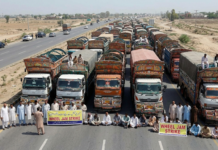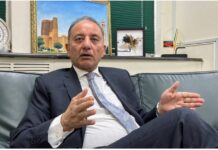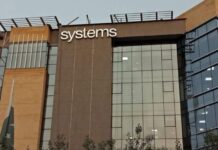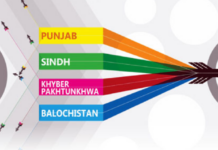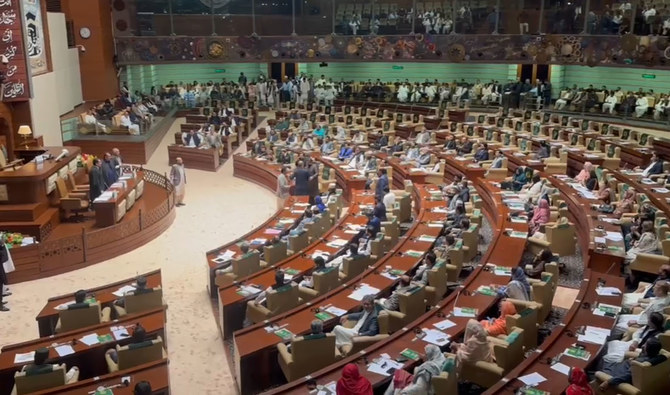KARACHI – Sindh Chief Minister Syed Murad Ali Shah on Friday presented the provincial budget for fiscal year 2025–26, setting total outlay at Rs3.45 trillion, reflecting a 12.9% increase over last year’s estimate of Rs3.05 trillion.
Calling it a blueprint for “inclusive, sustainable, and robust development,” Shah said the budget prioritises infrastructure modernisation, social uplift, and economic autonomy. The development budget has been set at Rs1.02 trillion.
For public sector employees, salaries were increased by 12% for Grades 1–16 and 10% for Grades 17–22. Pensions have been raised by 8%. Current expenditures have been projected at Rs2.15 trillion, up 12.4% from the previous year, driven largely by inflation, employee benefits, pension liabilities, and grants to hospitals and universities.
In the education sector, allocations were raised by 12.4% to Rs523.73 billion, accounting for more than a quarter of the province’s current expenditure. Primary education will receive Rs156.2 billion, up from Rs136.2 billion, while secondary education will receive Rs77.2 billion. The government plans to hire 4,400 new staff, establish four IBA community colleges, support over 34,000 primary schools, and allocate Rs2 billion to the Sindh Educational Endowment Fund.
The budget for development programmes for persons with disabilities was increased to Rs17.3 billion from Rs11.6 billion, aimed at assistive devices, scholarships, and NGO partnerships.
The provincial health budget was increased by 8% to Rs326.5 billion. Major allocations include Rs146.9 billion in grants to health institutions, Rs19 billion for the Sindh Institute of Urology and Transplantation, Rs16.5 billion for the People’s Primary Healthcare Initiative, and Rs10 billion for a new hospital in Larkana. Ambulance services and mobile diagnostics will be expanded to rural regions.
The Annual Development Programme (ADP) was reduced by 20% to Rs520 billion due to anticipated cuts in federal transfers. However, 475 new schemes were announced, focusing on flood rehabilitation, clean water, sanitation, renewable energy, and underdeveloped districts. Major allocations within the ADP include Rs99.6 billion for education, Rs45.37 billion for health, Rs73.9 billion for irrigation, and Rs132 billion for local governments.
The provincial government reaffirmed its commitment to Karachi, pledging enhanced focus on water, sewerage, roads, and infrastructure. Urban transport initiatives include 50 electric buses by June and another 100 by August 2025. The BRT Yellow Line is nearing completion and the Red Line is over halfway done. Other urban plans include expansion of the Karachi Safe City Project with AI-integrated CCTV, roadwork on Shahrah-e-Bhutto and Korangi Causeway, restoration of heritage sites, and upgrades to business districts.
On digital governance, the government announced a central dashboard for real-time tracking of development projects, digitisation of land records via blockchain, and full-scale launch of a digital birth registration system with integration into health and education databases, targeting 100% coverage by 2028.
In agriculture, the Benazir Hari Card will be introduced to provide subsidies and equipment to 200,000 farmers. Additional measures include support for drip irrigation and cluster farming under public-private partnership models. A feasibility study is underway to establish a Sindh Cooperative Bank offering interest-free loans to farmers.
Education funds will now be decentralised to the school level, with headteachers receiving direct allocations for operational expenses. New youth development centres are also planned across the province, offering vocational training, career counselling, and digital skills.
To provide relief, the government proposed abolishing five taxes, including the professional tax and entertainment duty, and announced a reduction in motor vehicle tax. A negative list regime will be introduced to simplify the sales tax structure. Relief measures include a 12% ad-hoc relief allowance for Grades 1–16 and 10% for Grades 17–22, higher conveyance allowances for differently-abled employees, full disbursement of pending pensions, and special grants for lawyers, journalists, and minority groups.





